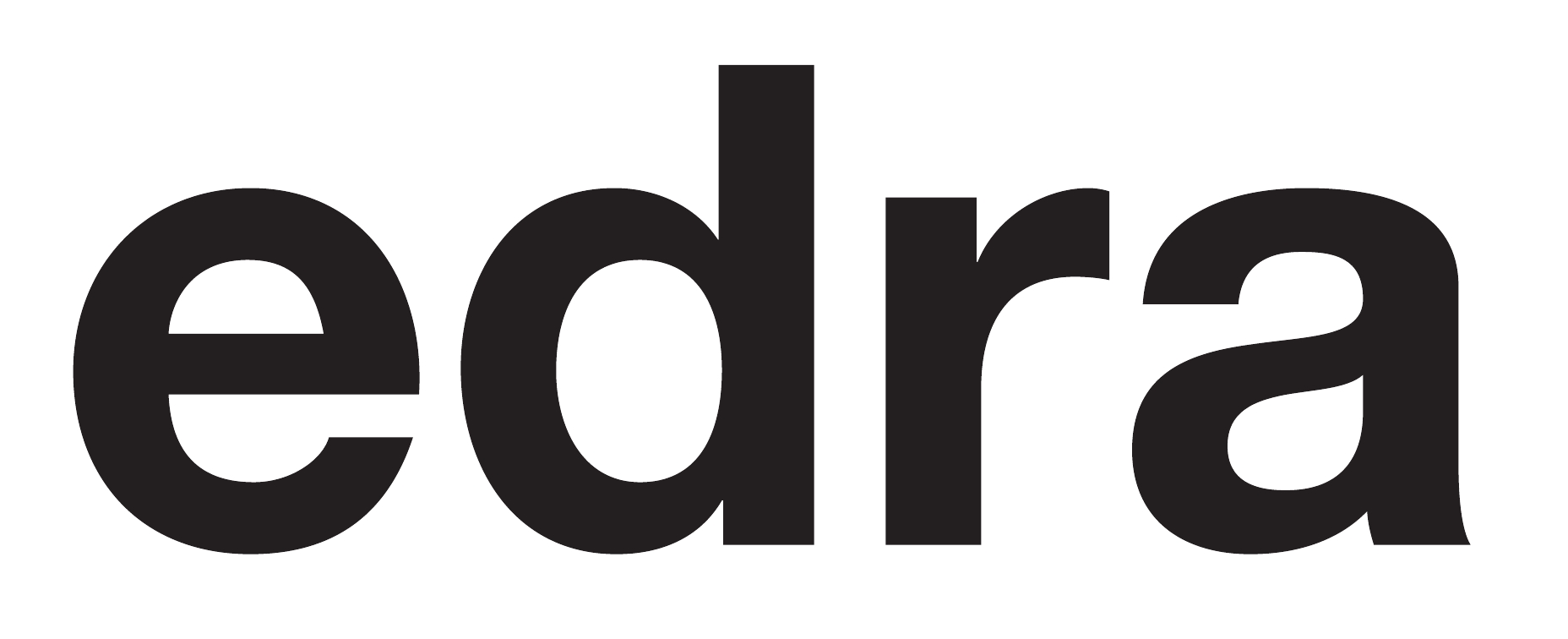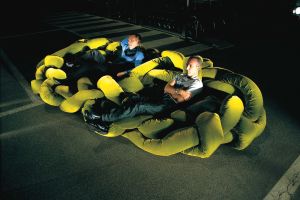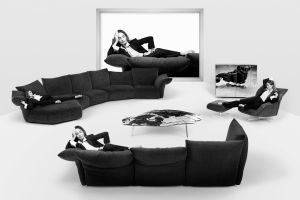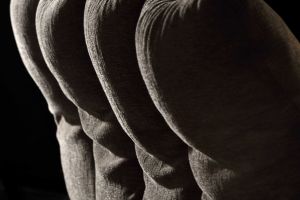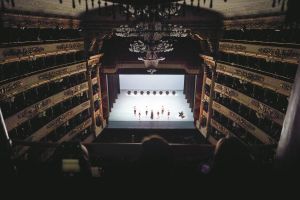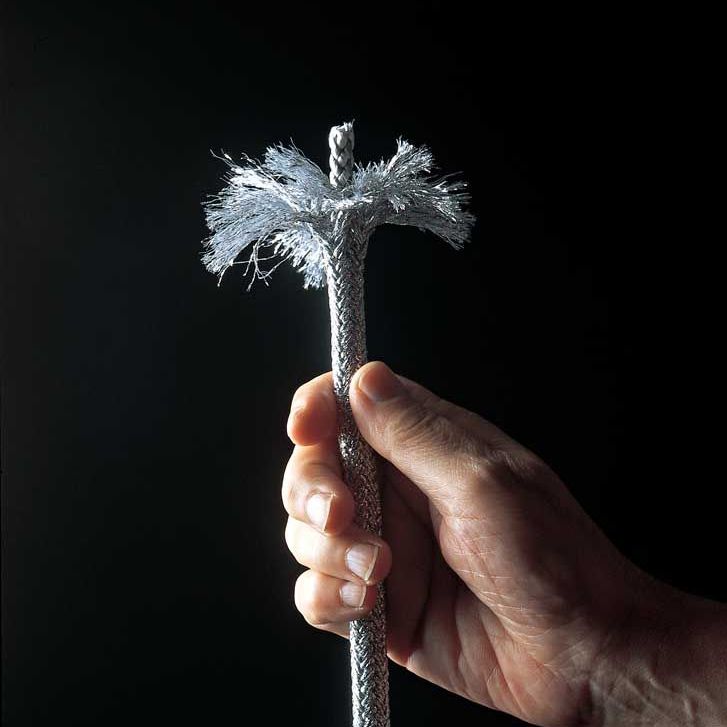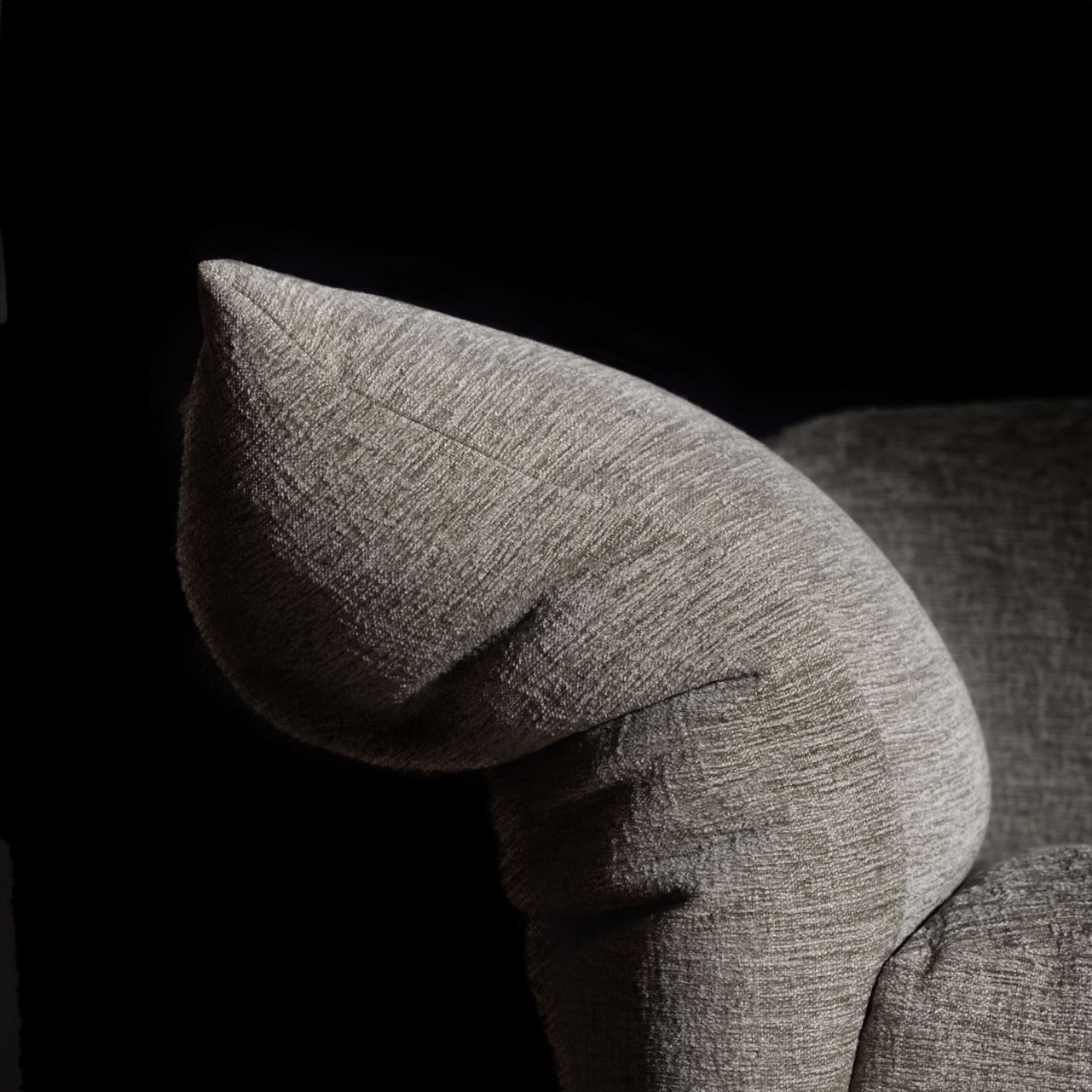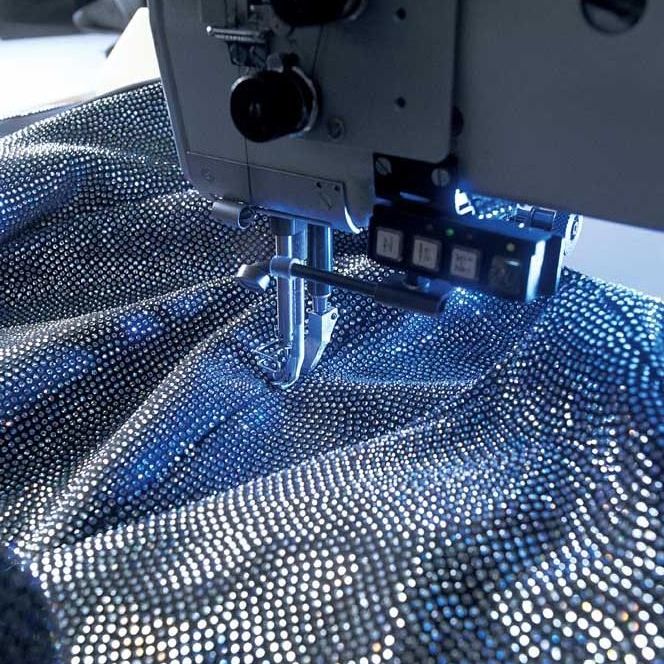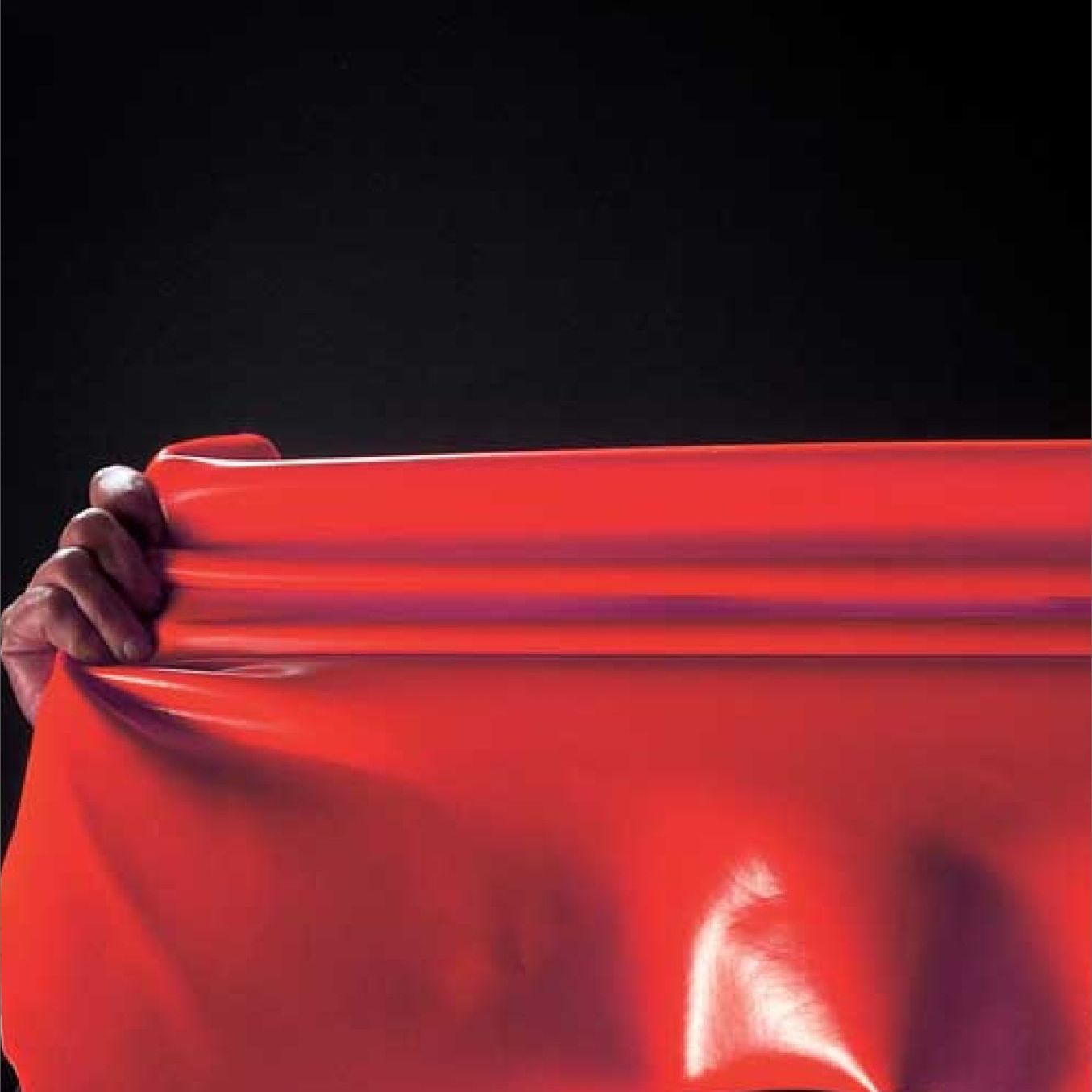
October 2023
Laura Arrighi
Fabric as the ideal garment
In the 2000 issue 30 “Wallpaper”, in an article by Edward Peacock, Monica Mazzei - who has always been involved in researching textiles and materials at Edra - was described as “Materials Girl”. Using a cinematic metaphor, Peacock described her as a “costume designer [...] constantly searching for everything new and original.” He described how Monica drew inspiration from catwalks, clothing and shoe textile fairs, museums and travel. From every experience. Even from pregnancy. In 1998, after the excitement of seeing her son for the first time during an ultrasound scan, Monica set out to find a fabric that would allow her to look through objects. She found a transparent, opaque finish - latex - which was combined with a natural vegetable filling.
In the same timeframe, for AB Rogers' Monster project, a floor-standing sculpture with a contoured cushion, Monica borrowed the high-performance, elastic and super-strong fabric of ice bobsleigh suits and added a neon red finish. The result was called Hi-Speed.
The special characteristics of Hi-Speed have allowed Edra to use it often, even on the Flap, as an equally effective alternative to the sofa's natural upholstery, i.e. leather, which is capable of accommodating the different tilts of the backrests.
For the Salone del Mobile 2001, a silver-plated version of Flap was presented in a collection dedicated to 'metallic' finishes, together with furniture and tables. It had gold silver and bronze finishes. For the occasion, a fabric with a metal thread was invented..his aptitude for researching, experimenting, and inventing materials - even if derived from different market sectors - and adapting them to furniture has grown and strengthened over the years to define designs and accompany the evolution of models. Very often, in fact, fabrics do not exist either in collections or at manufacturers of furnishing fabrics, nor are they even to be found at trade fairs. Edra found itself in the position of having to design and create from scratch materials that would adapt to the structure and tell the story of the project, supporting the performance and guaranteeing a technical performance capable of responding to all the stress of use. A material must stand the test of time, retaining all its qualities for as long as possible. In the process of research and invention, Edra first listens to its artists’ stories. This is perhaps the most important step when there is an idea that, perhaps, will first become a project and then a product. Edra imagines, or rather tries to imagine, what type of yarn, which material, which “title” to use to achieve the right texture to tell the project's story and make the product fully appreciated. It is a question of balance and sensitivity, of attention to detail, of subtle but decisive perceptions to dress it up in the best way.
he design is not defined by reasoning on simple chairs, but on models that are, for all purposes, “bodies.” They are “bodies that are in motion,” thanks to the Smart Cushion that allows the backrest and armrests to rotate 180 degrees; “soft bodies,” made of Gellyfoam® and in some cases of feathers or Dacron; or “natural bodies,” inspired by landscape elements. In short, bodies requiring special clothing that respond to specific physical and aesthetic performance, arouse sensations, and recreate defined images and atmospheres. A fabric must suggest interior softness. It must be more or less taunt on the surface. It must welcome the person sitting on it. It must satisfy different strengths and it must give the sensation of great pleasure to the touch. It must provide all the beauty and softness of the material. Edra invented the durable and high-performance dralon chenille. It experimented with “tagliatino”, a silver knitting material which had never been used before in the furniture industry. This is a patterned thread that creates a three-dimensionality and, when blurred, it is used to render the idea of moss for On The Rocks, making the bases of the seats look alive and natural. For fabrics, Edra has used “oversized” weighted fabric: a double structure for the Impérial King and the Gran Velvet, and full-bodied fabrics suited to dress the “great softness” of Grande Soffice to perfection.
The quest for value and quality looks to both innovation and traditional craftsmanship. Edra has been using velvet, “the prince of fabrics,” for years, turning to the same Italian production, which guarantees superior product quality. Speaking of velvet, in fact, different compositions or weights make it suitable for certain uses.
Each sofa is considered a true “haute couture model” and has its own “fabric book,” with a dedicated colour choice, designed around the design, material and precise aesthetic targets and yields, considering the different materials, softness levels and sizes.
When constructing the “garment,” Edra also looks for very few cuts, the most suitable ones, and studies the seams. The aim is to “dress” the models in the best possible way by hiding the “fabric direction”, so as to avoid patterns and refraction of light. These are subtle but important details for the high quality that Edra always strives for.
Edra's research takes months, in some cases years, but when the product is presented, it is final and perfect. Edra models are ‘movable,’ which implies in-depth technical knowledge when building the covering. Measured, cut and sewn ad-hoc on the structure, just like tailor-made suits, the fabrics are the expression of an identity. The beauty of the form that each Edra product contains is defined by its “ideal garment”.
 |
Laura Arrighi Architect with a PhD in Design, and freelance web writer and editor. She mainly works in interior decoration, design and fashion and has a special interest in the hybridization of different disciplines. She juggles writing, research, teaching and design, as she works for public institutions and some of the most important Italian architectural firms. |



